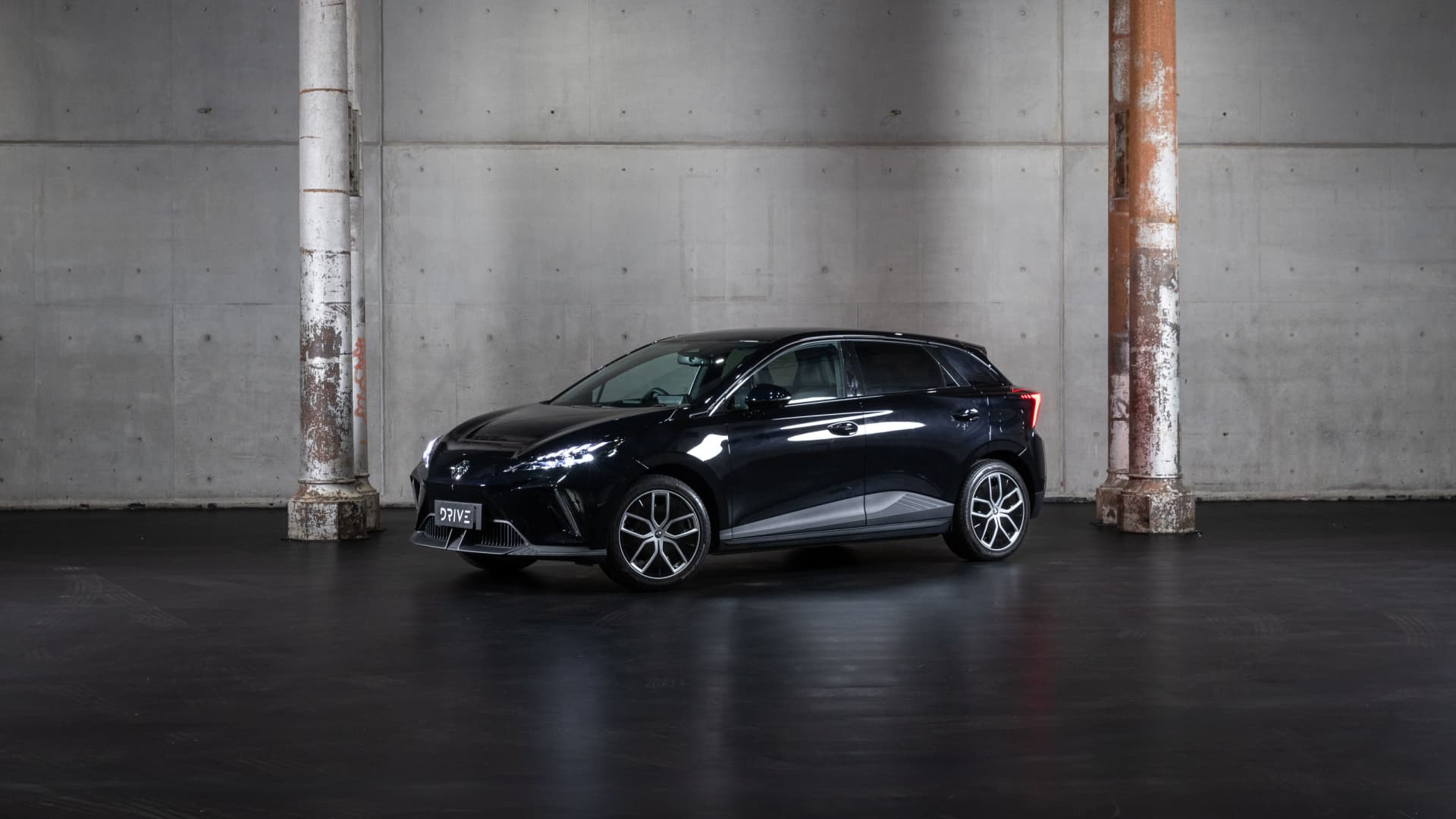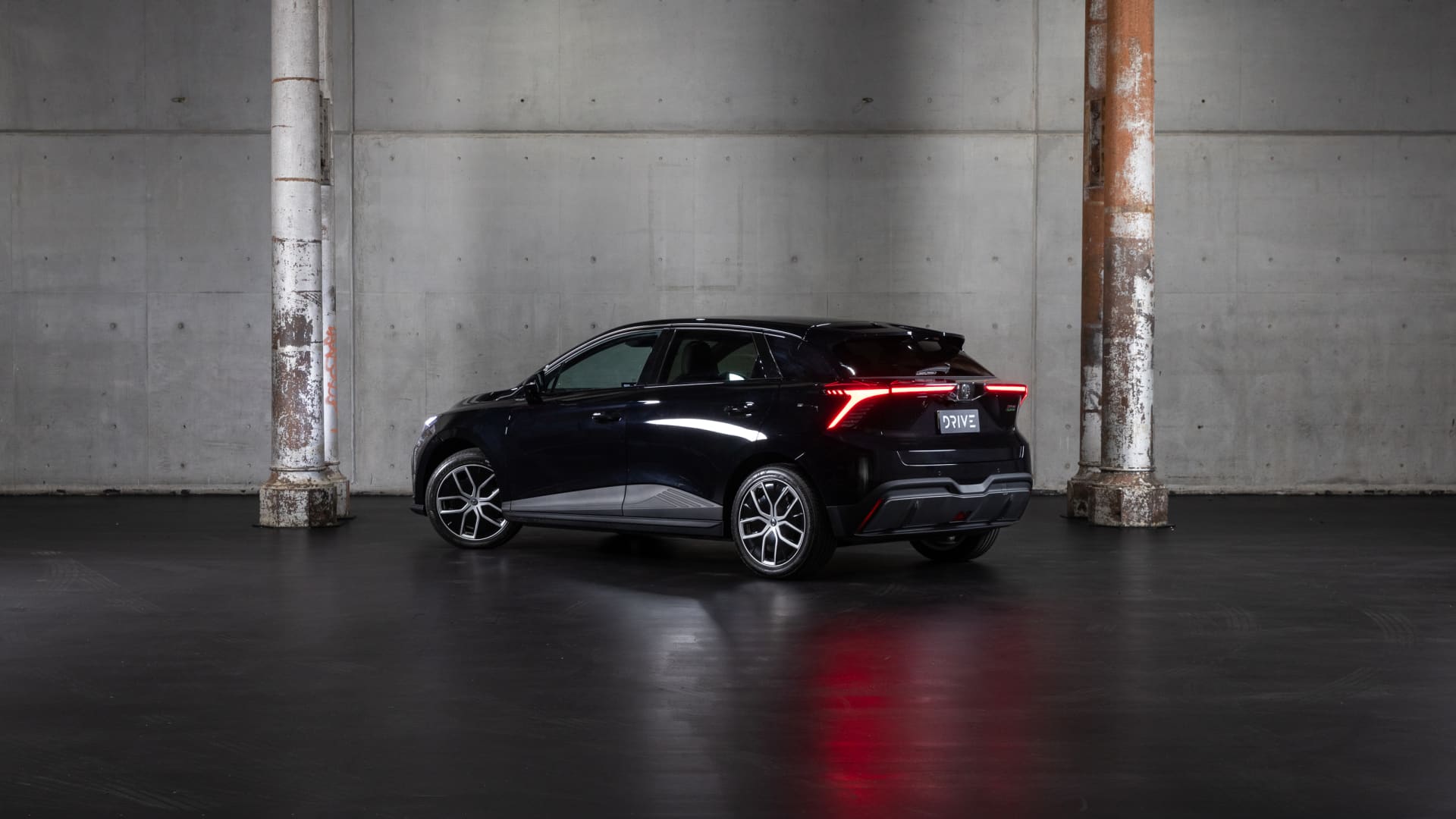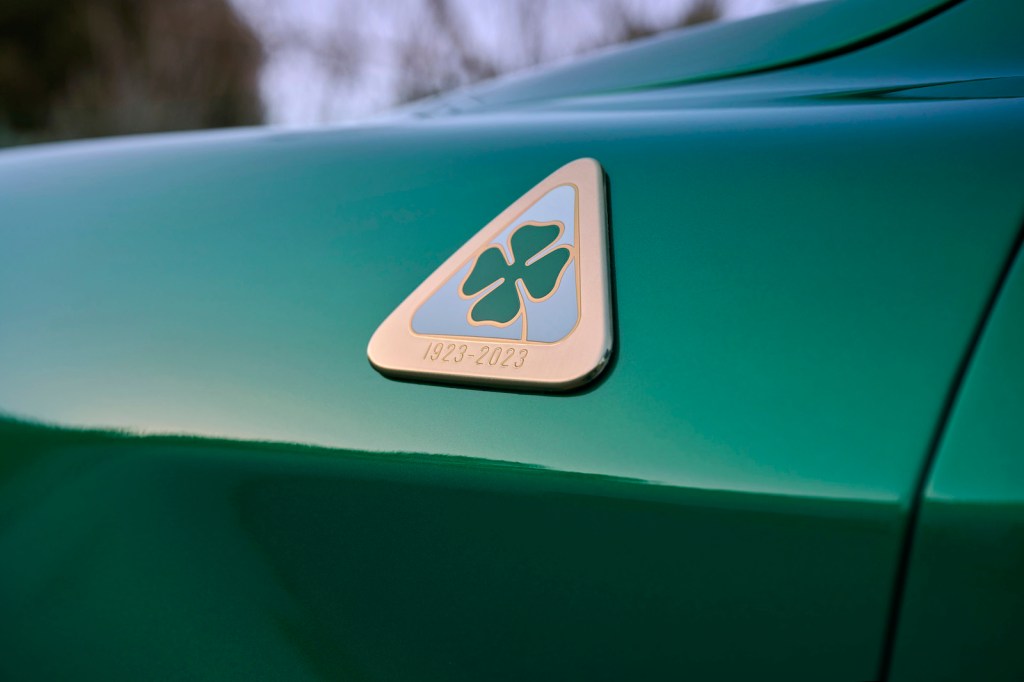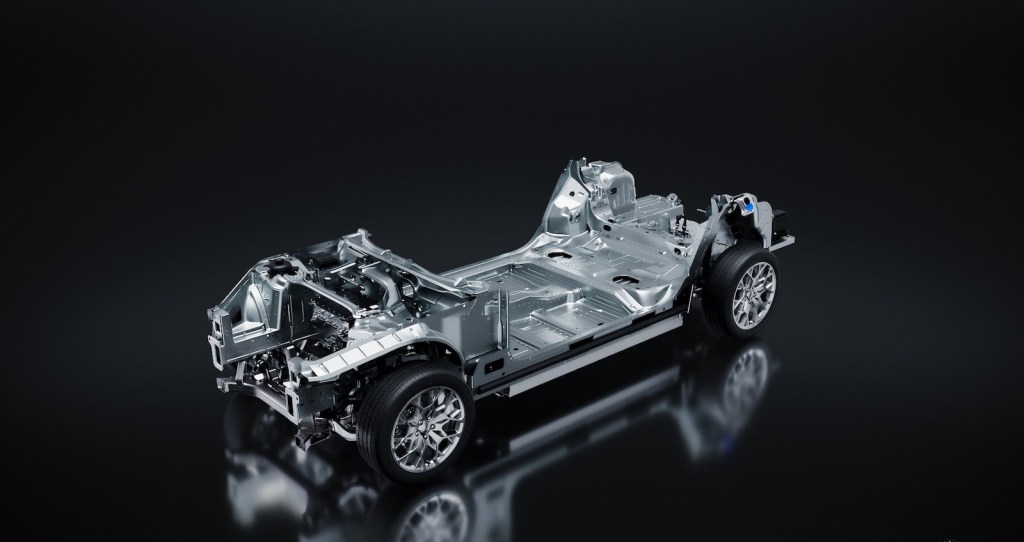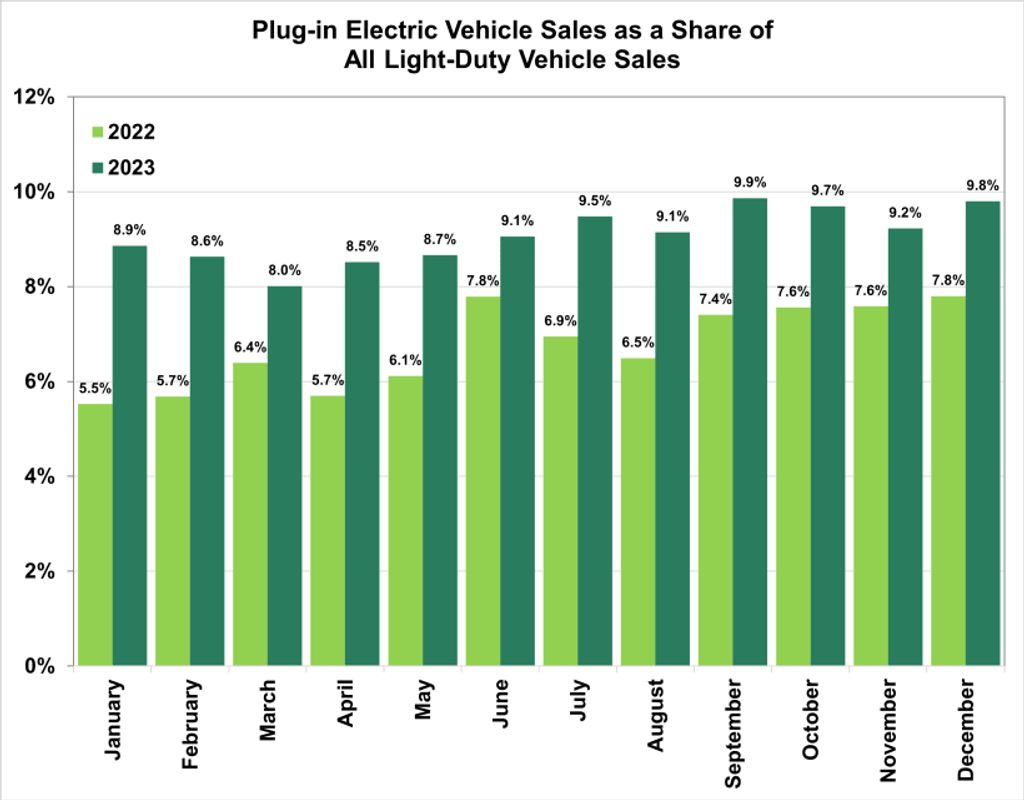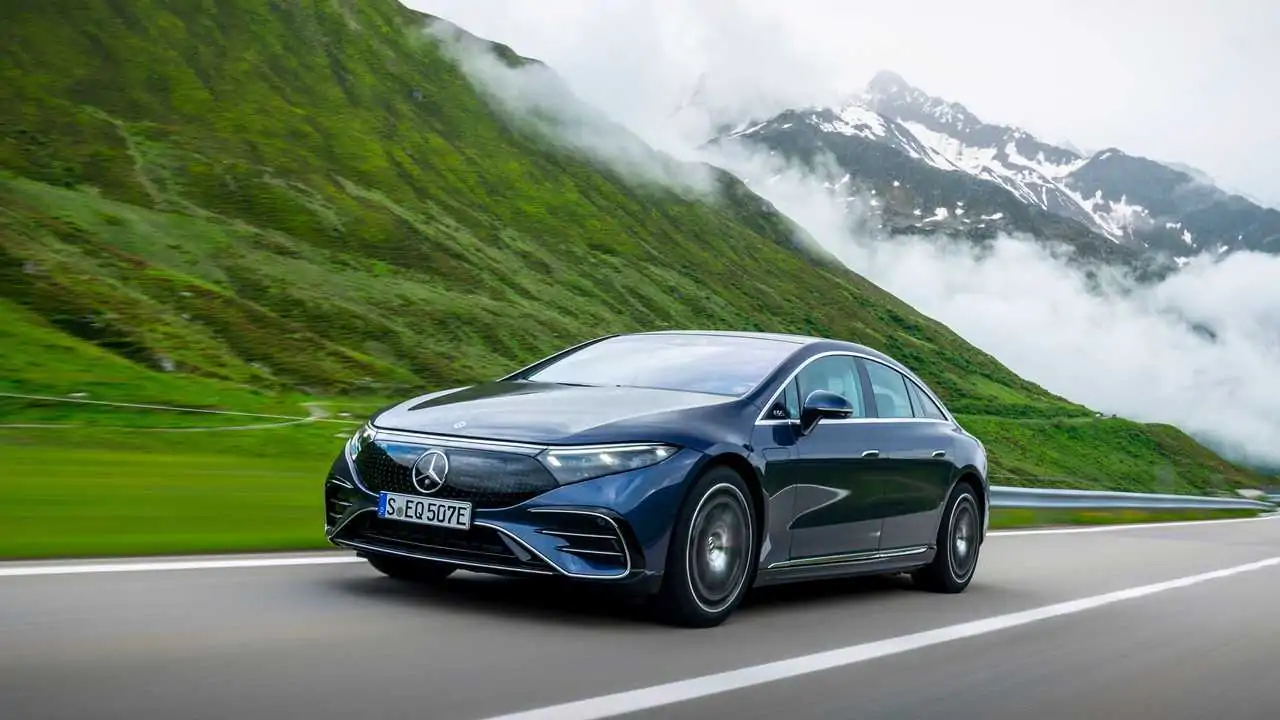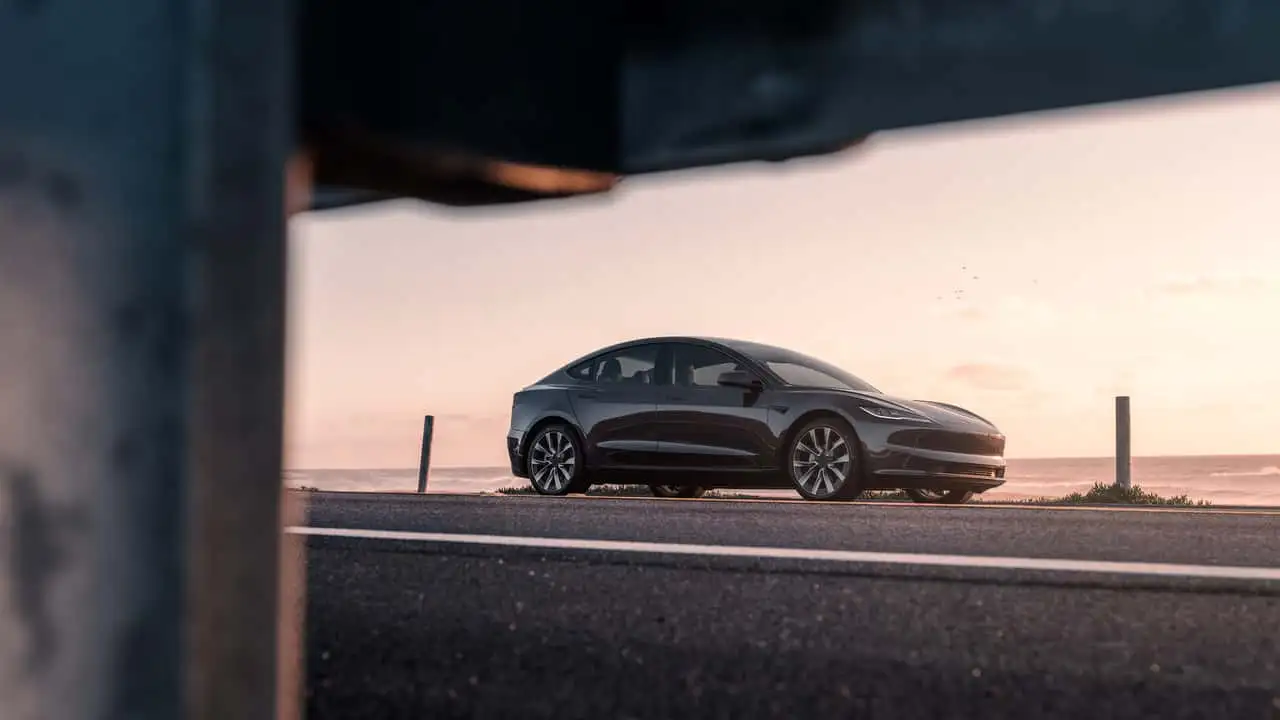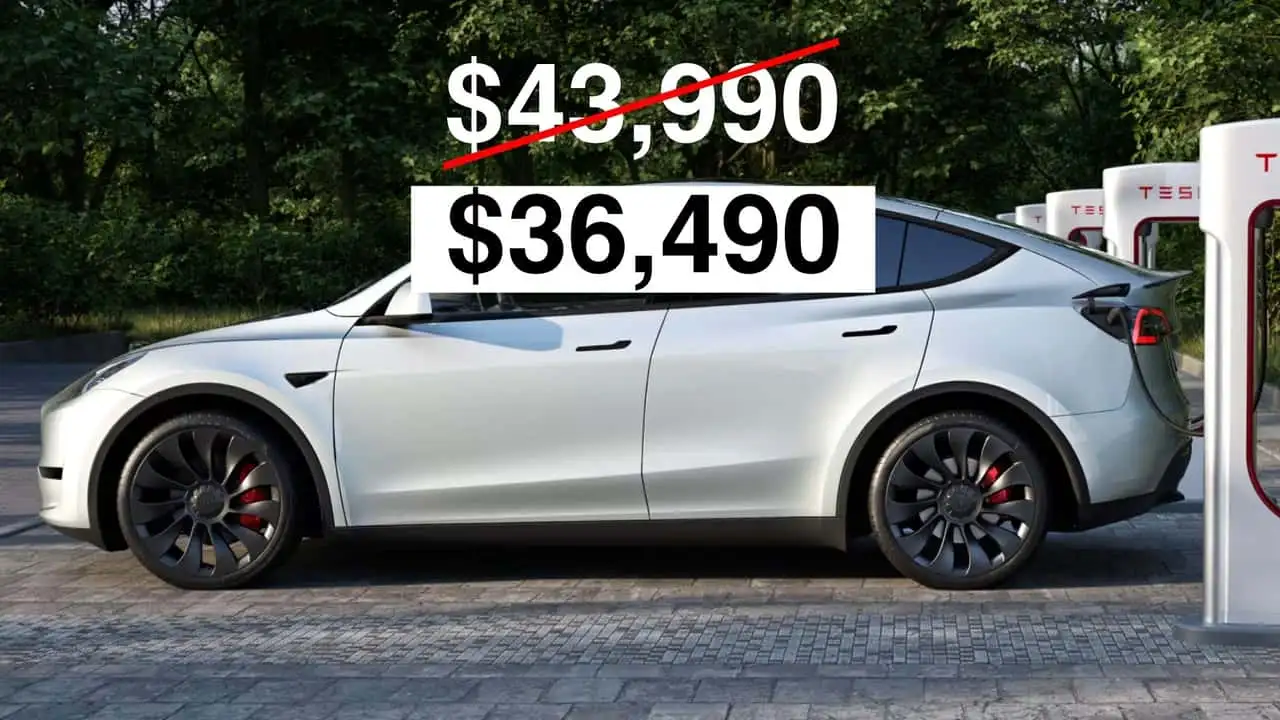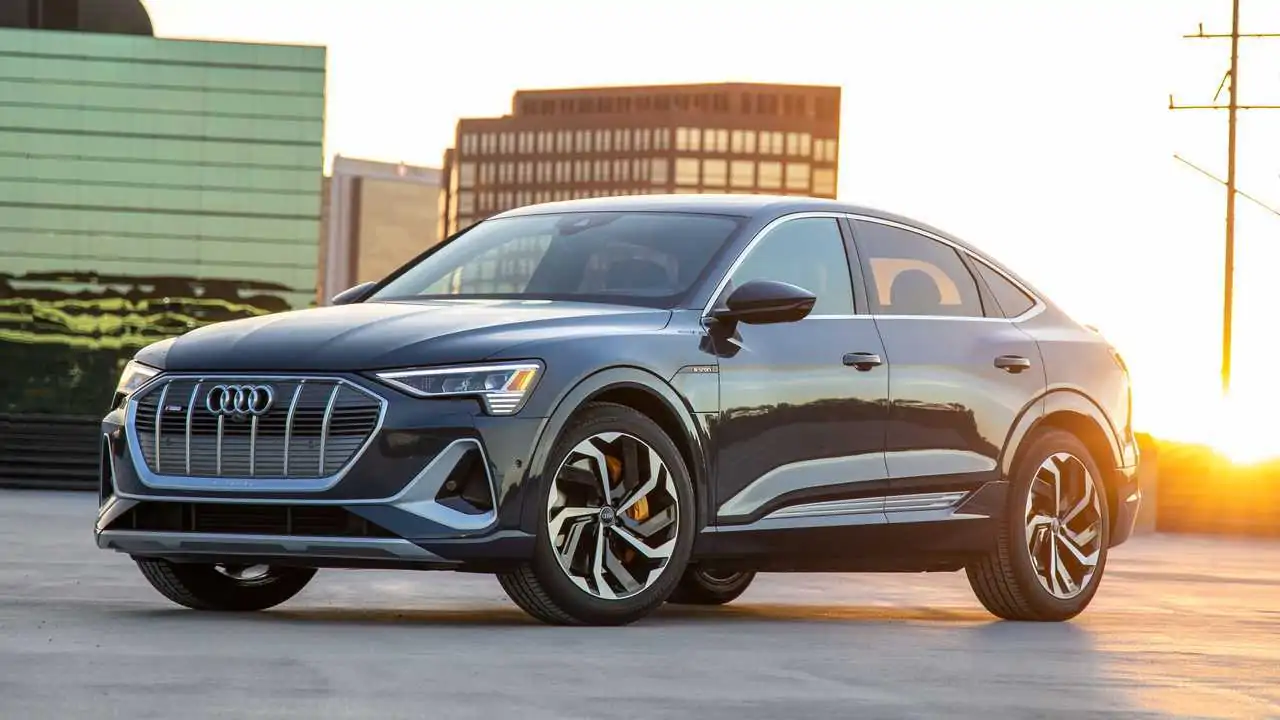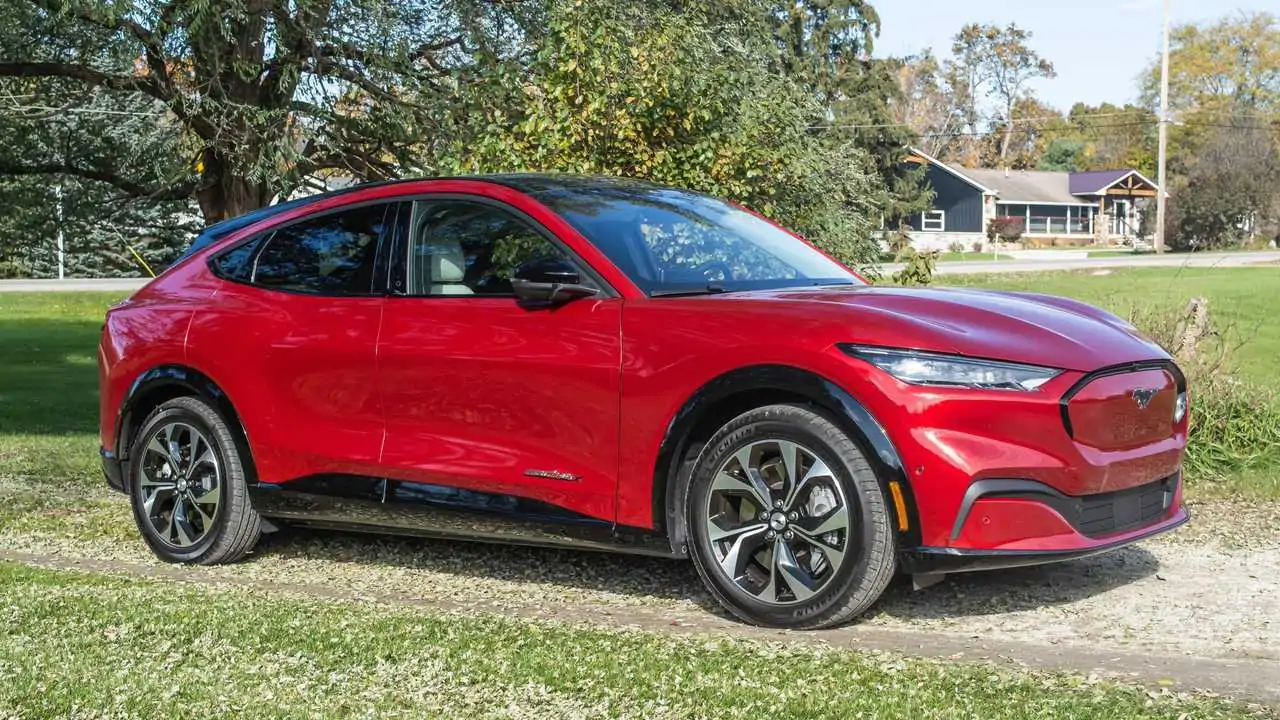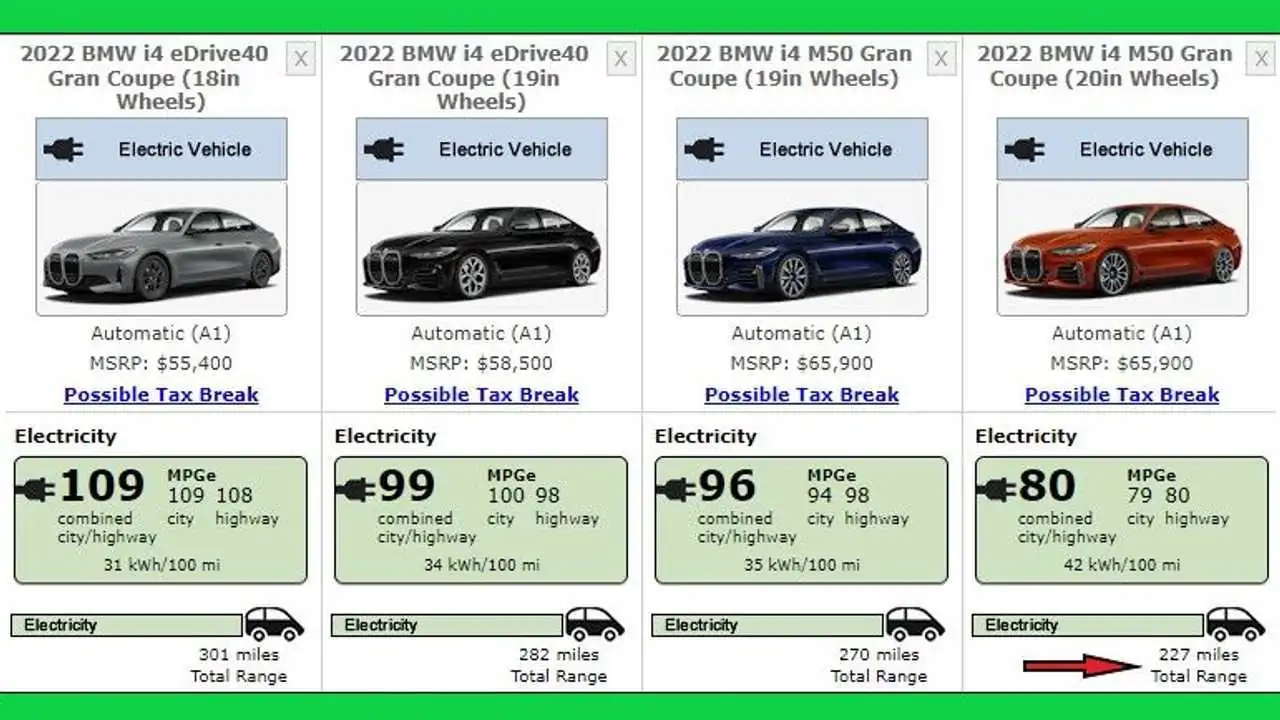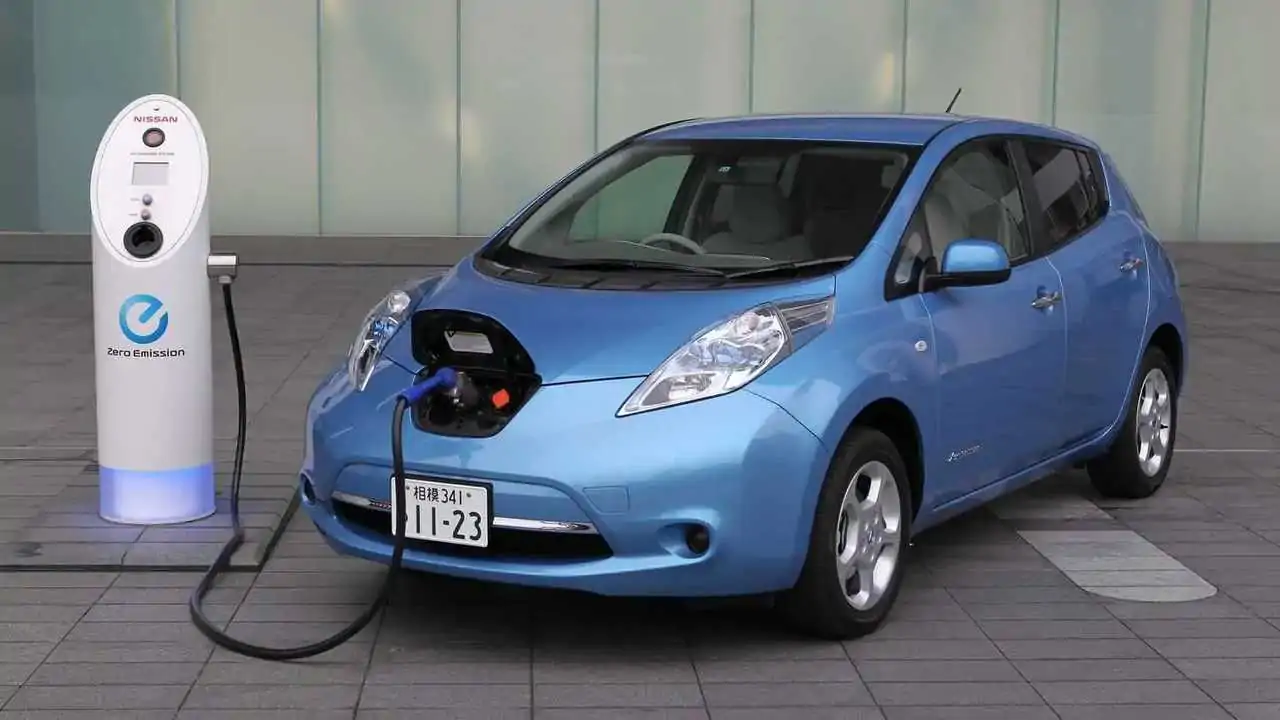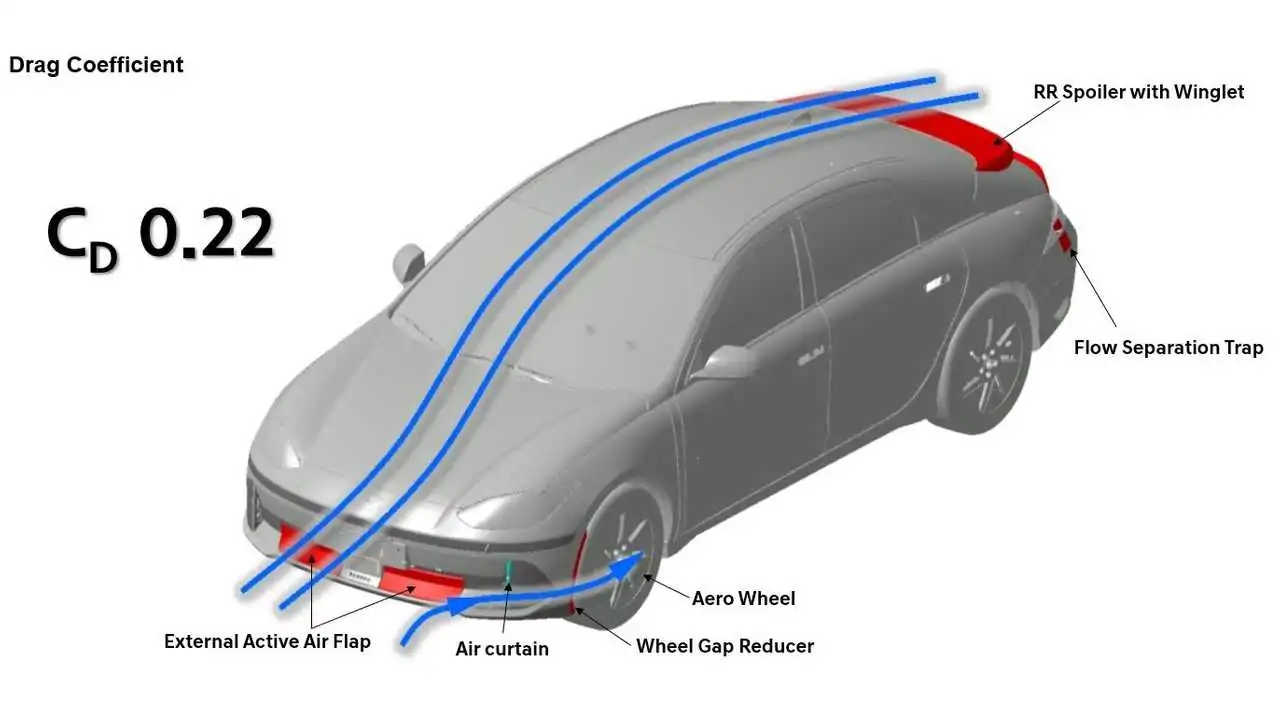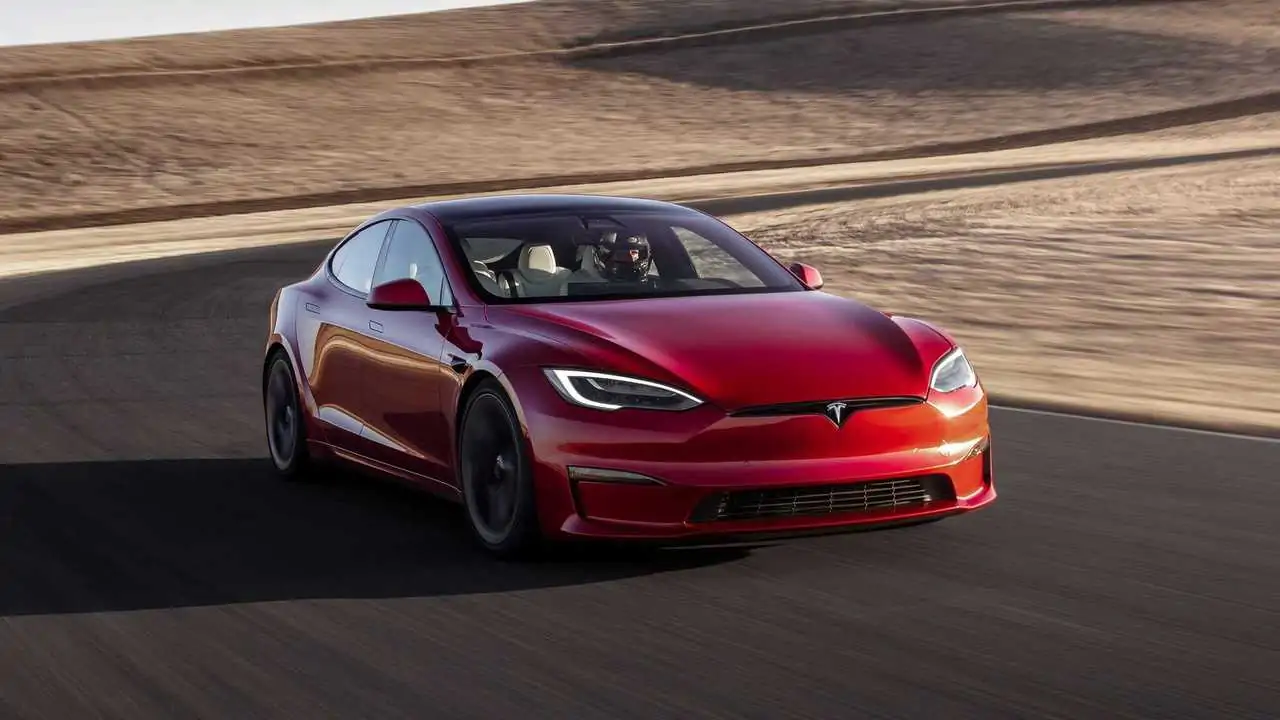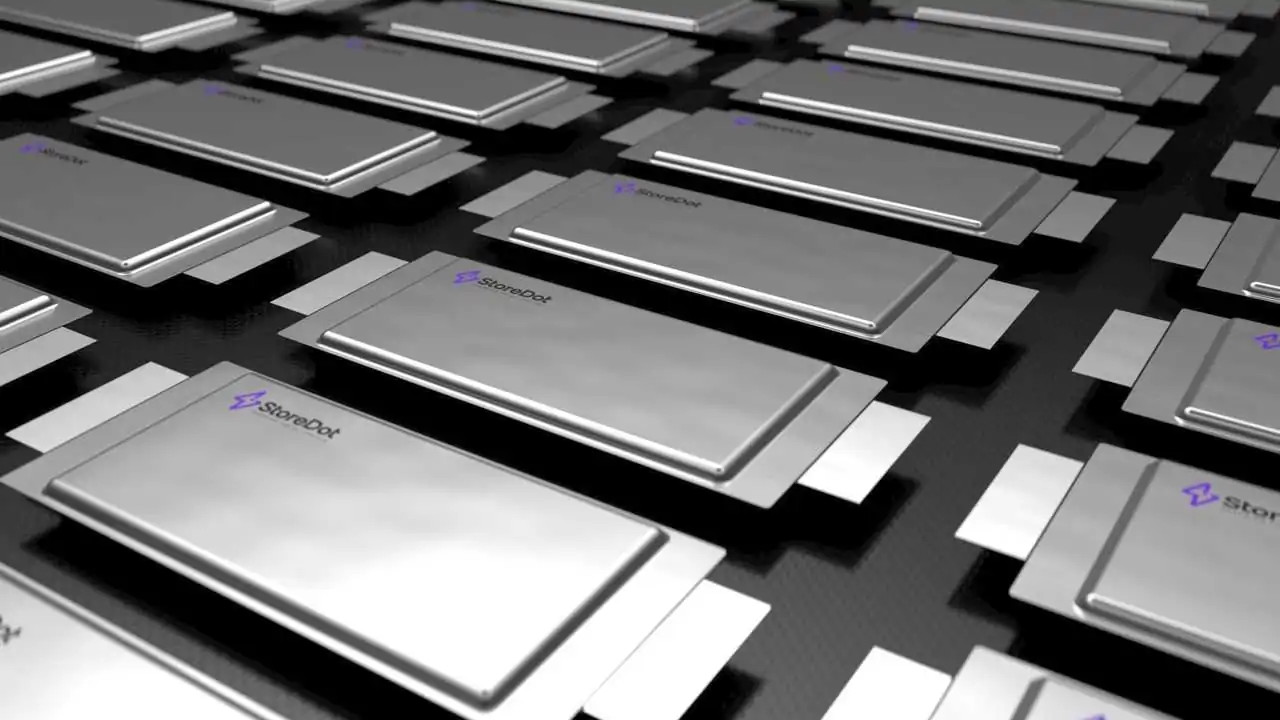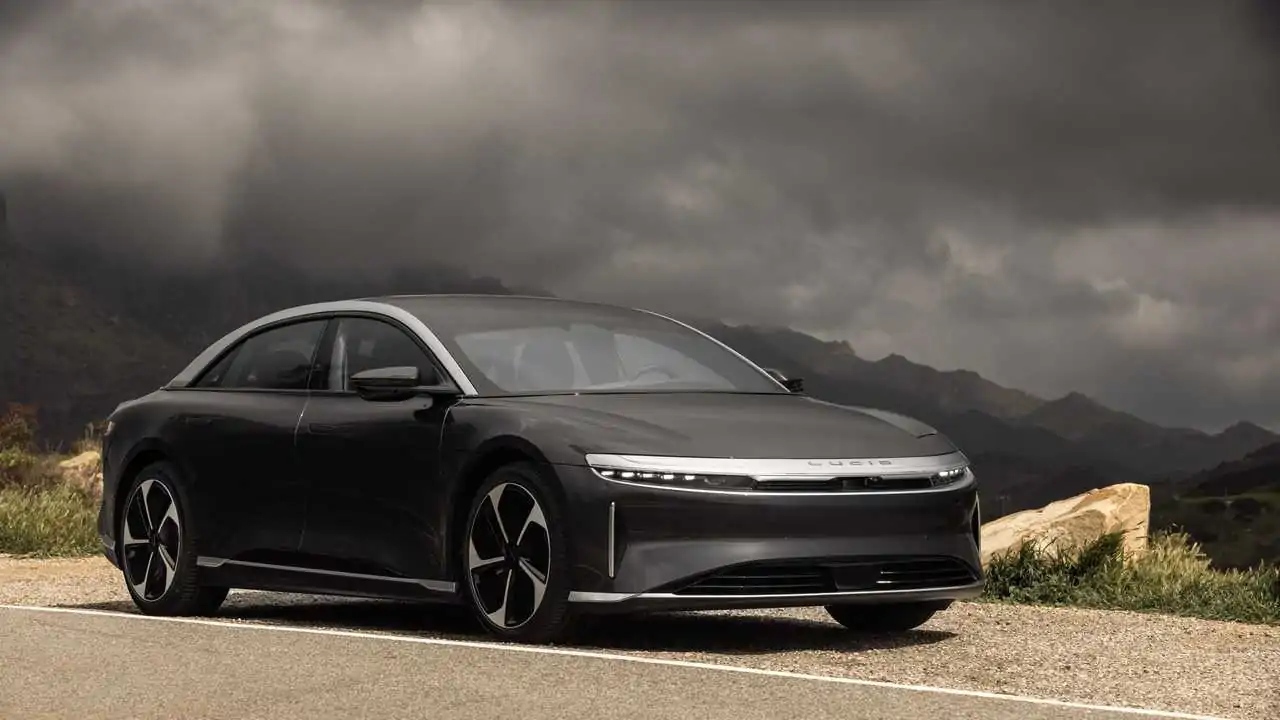Drive Car of the Year: Top Urban Electric Vehicle Under $100K
The Tesla Model 3 has achieved a significant milestone by being named the 2024 Drive Car of the Year for the Best Urban Electric Vehicle under $100K. This accolade underscores the Model 3’s exceptional performance, cutting-edge features, and rising popularity in a competitive landscape.
Inclusion of Electric Vehicles in Broader Categories
In 2024, the Drive Car of the Year categories expanded to include electric vehicles alongside traditional gasoline-powered options. This comprehensive approach ensures the best vehicle, regardless of its power source, is recognized. With the growing interest in electric vehicles, Drive also introduced specific categories for EVs to assist consumers in making informed decisions.
Tesla Model 3: Leading the Urban EV Category
The Best Urban EV Under $100,000 category was highly competitive, but the Tesla Model 3 distinguished itself with its luxurious features, advanced technology, and efficiency. With prices ranging from $61,900 to $71,900, the Model 3 offers a driving range between 513km and 604km, making it a practical choice for city dwellers.
Additional Insightful Information:
Enhanced Interior Comfort and Design
Recent updates to the Tesla Model 3 have significantly improved its ride comfort and interior quality. The latest model features new materials, a brighter touchscreen, improved suspension, and more comfortable seats. The interior now includes soft-touch synthetic leather, rubberized grips, and felt-like fabric, enhancing the overall feel and user experience.
Outstanding Performance and Advanced Technology
The Tesla Model 3 Long Range variant, priced at $71,900, boasts a driving range of up to 629km and can accelerate from 0 to 100km/h in just 4.4 seconds. It also includes a 17-speaker sound system, all-wheel drive, and a larger battery capacity. Although it does not support Apple CarPlay or Android Auto, the infotainment system offers a variety of apps, maps, and streaming services.
Commitment to Safety and Efficiency
The Model 3 prioritizes safety, earning a five-star rating in 2019, and includes the ‘Autopilot’ suite with features like adaptive cruise control, lane-keep assist, and autonomous emergency braking. Maintenance is condition-based, requiring service only when necessary. Additionally, the Model 3 is highly efficient, with an energy consumption rate of 13.2kWh/100km.
While some minor issues were noted, such as the new touchscreen gear selector and button-press indicators, these do not overshadow the Model 3’s overall excellence. The Tesla Model 3’s combination of speed, comfort, and quiet operation solidifies its position as the Best Urban Electric Vehicle under $100,000.
Drive Car of the Year – Every Category, Every Winner
Explore all the Drive Car of the Year 2024 category winners at our DCOTY content hub.
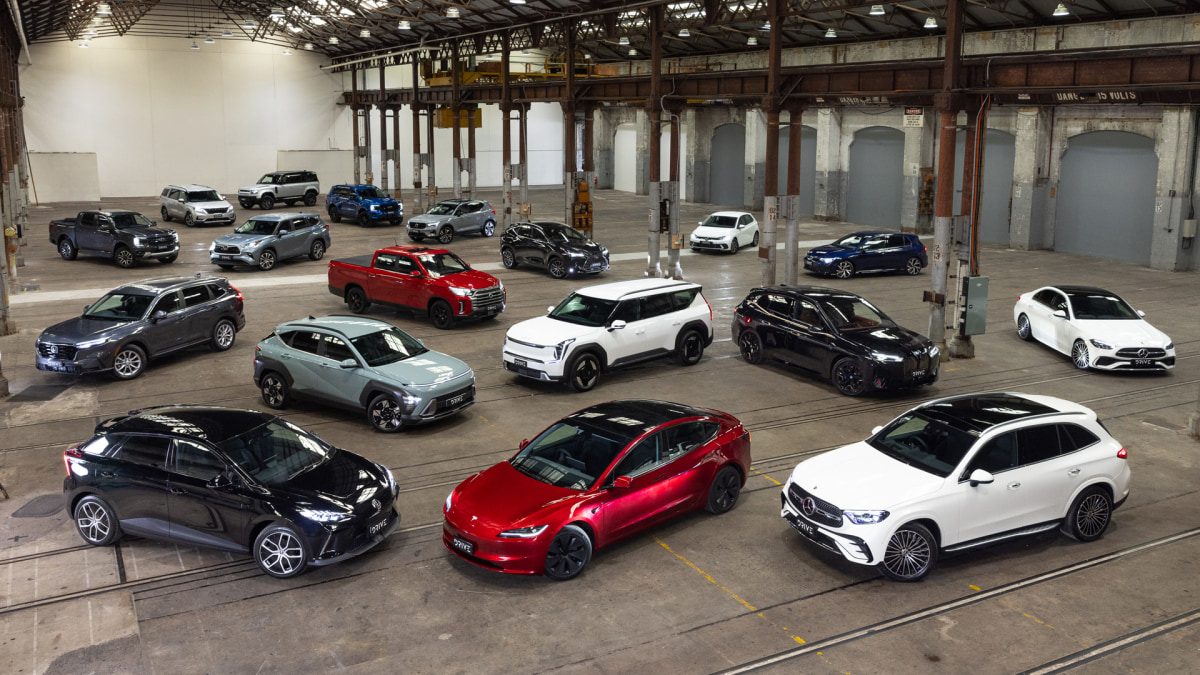
Drive Car of the Year 2024
Discover all the categories and winners of the Drive Car of the Year 2024.


